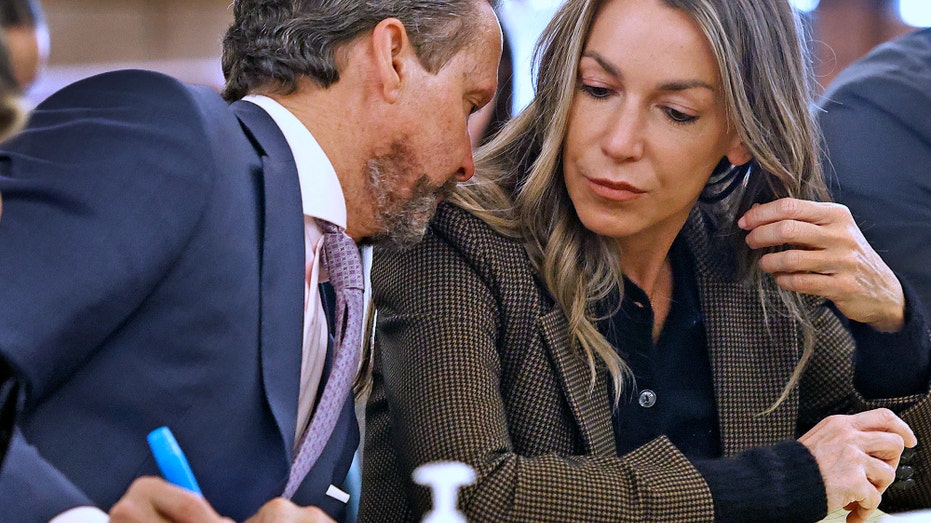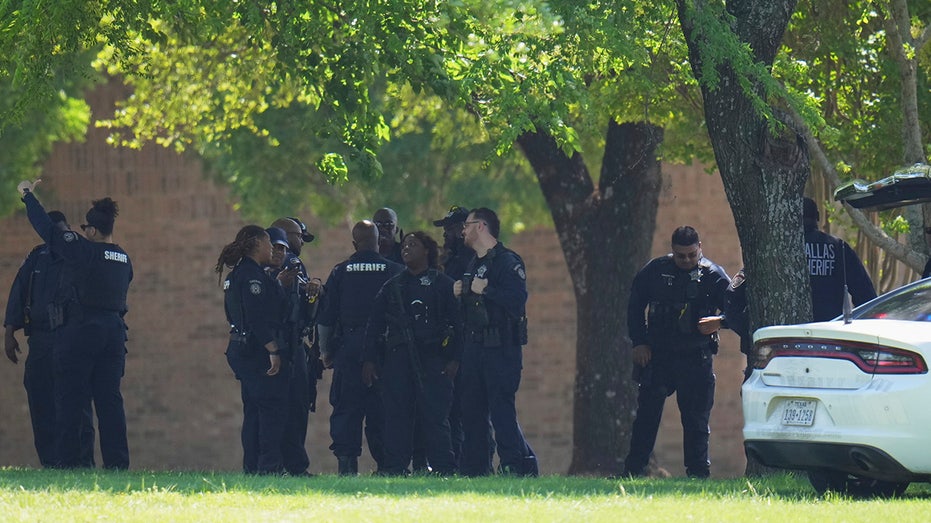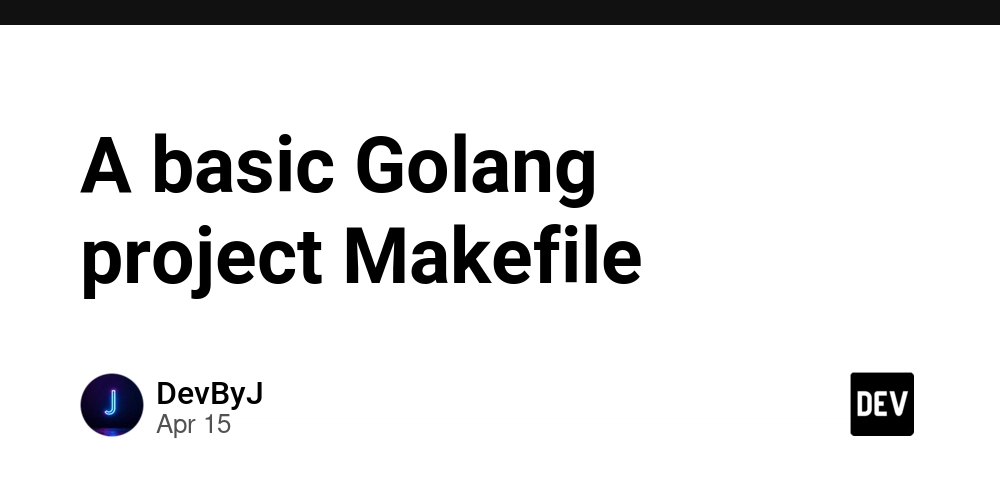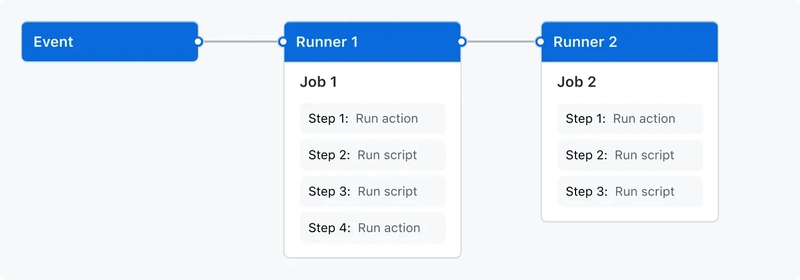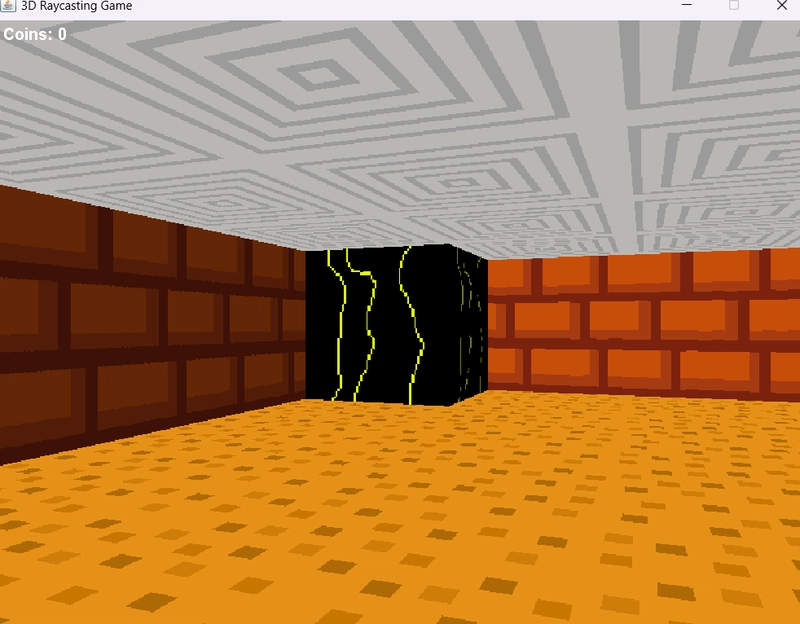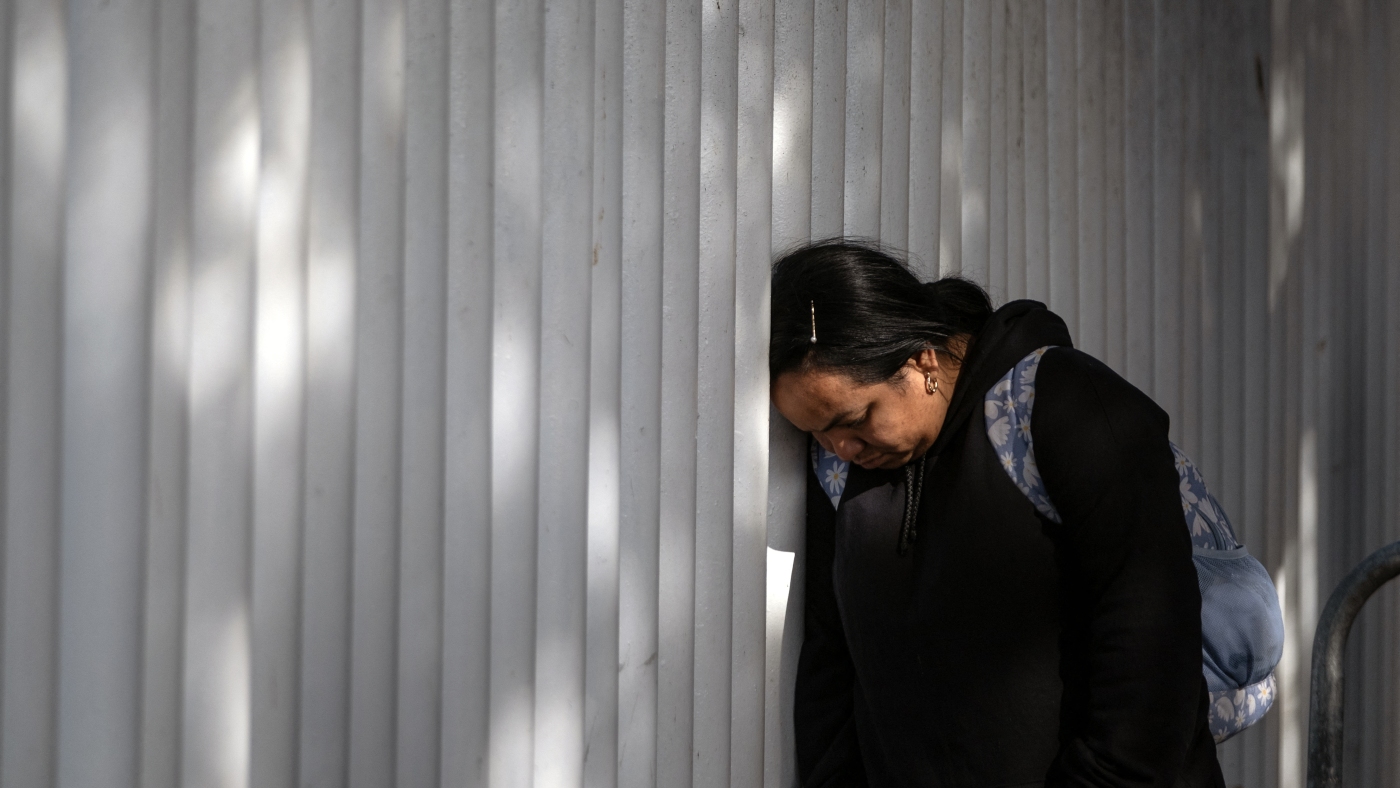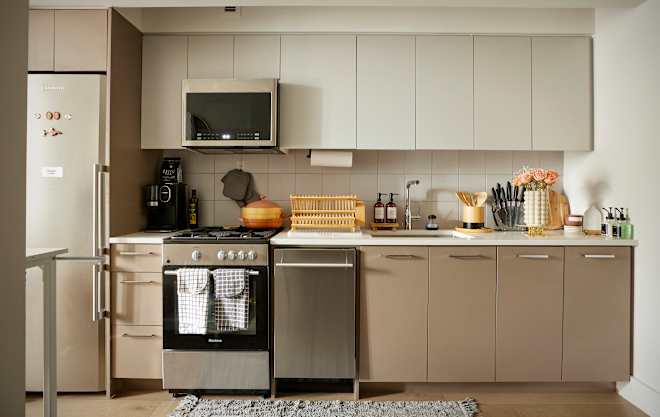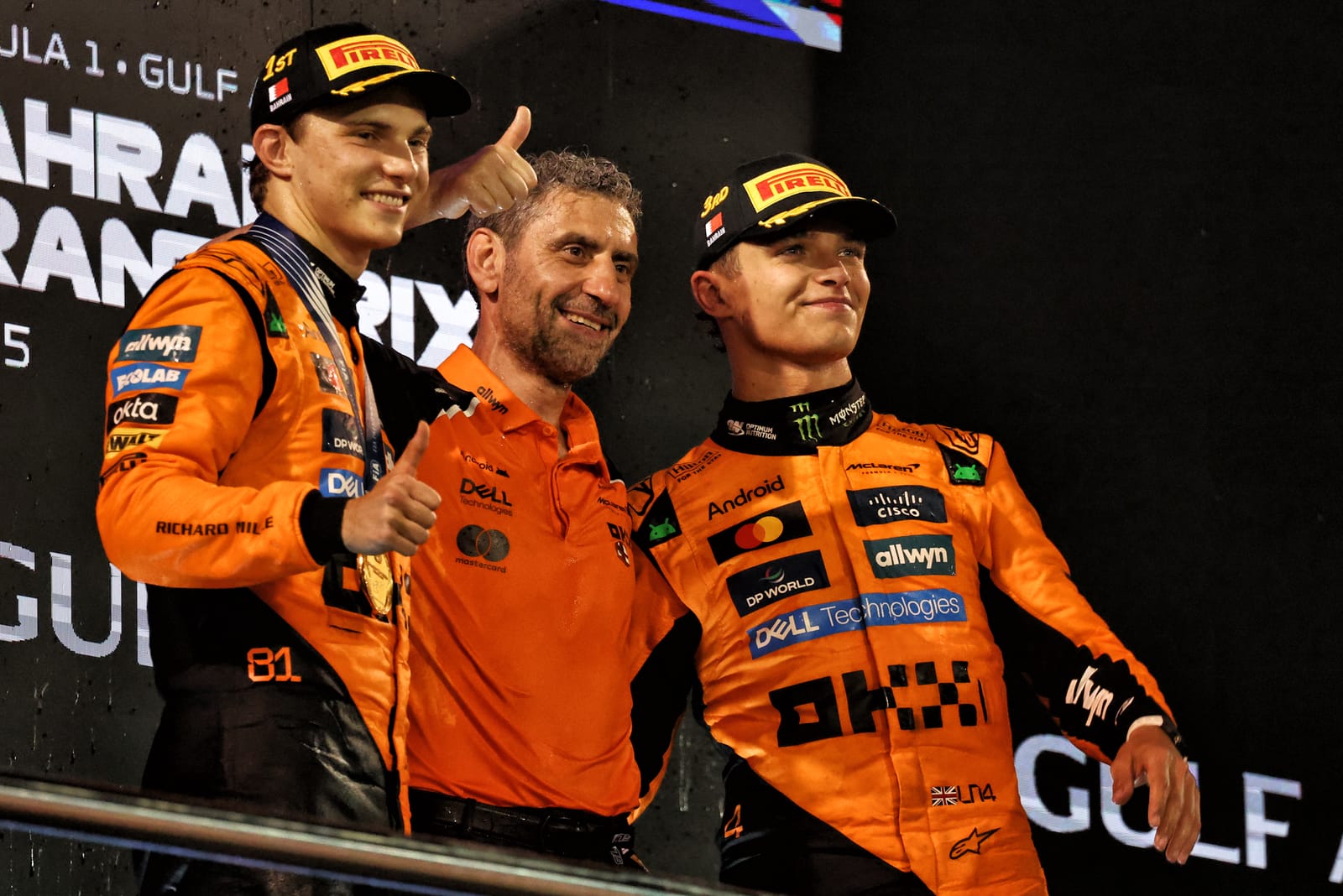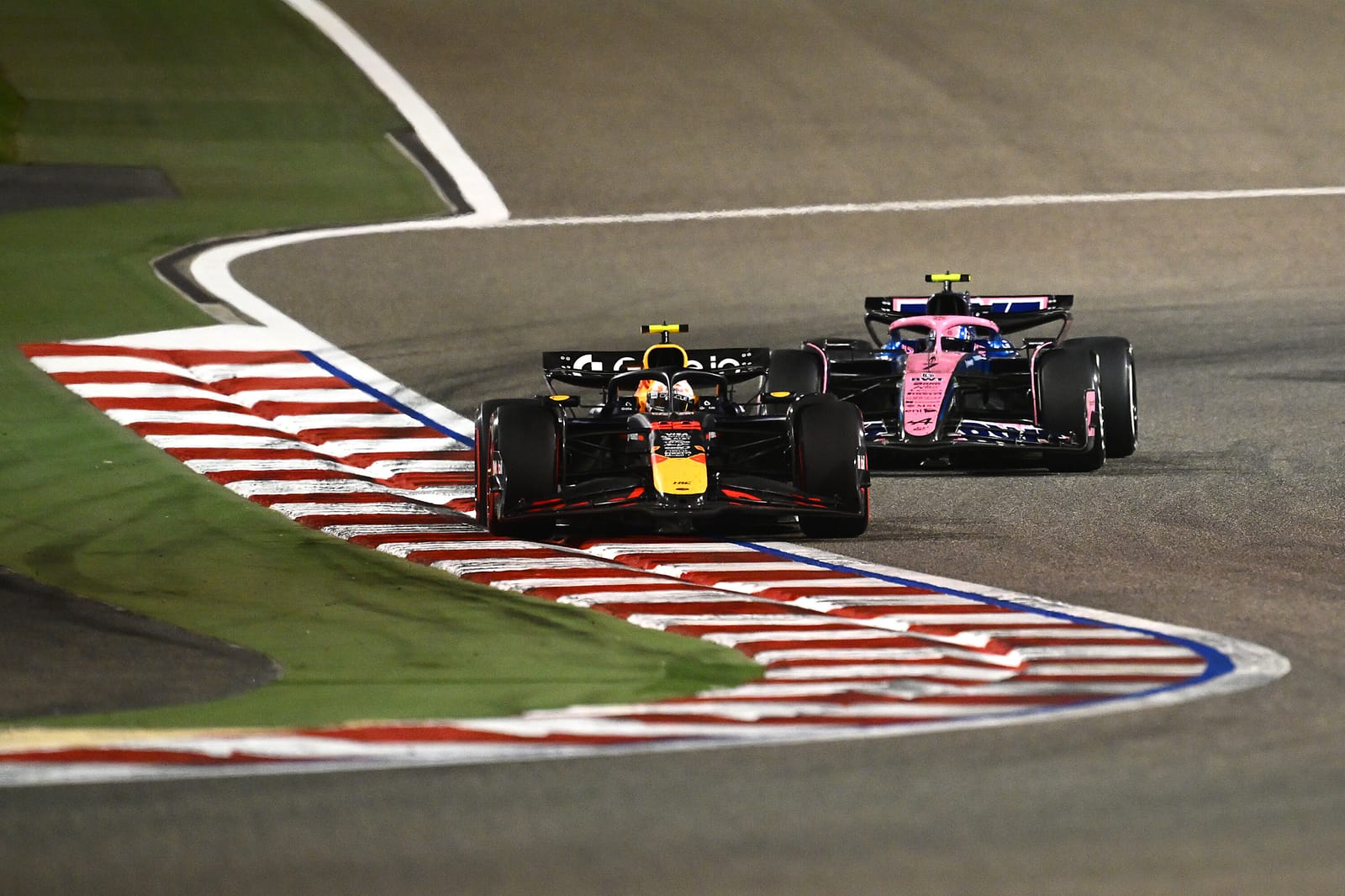Mark Hughes: Piastri brilliance a harsh contrast with scrappy Norris
The quality of Oscar Piastri and George Russell's Bahrain GP performances was accentuated by the contrast to Lando Norris's
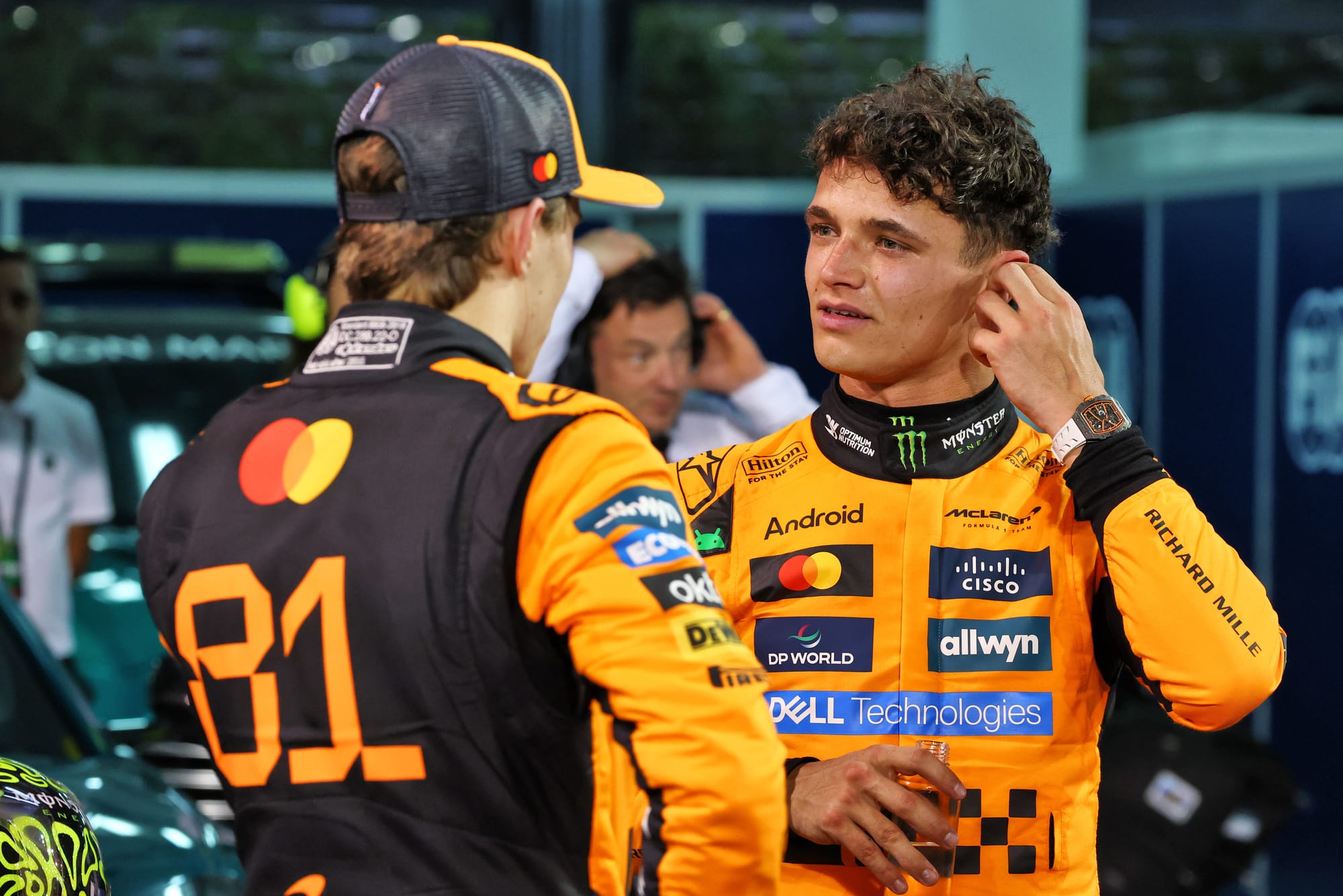

Oscar Piastri brought McLaren’s drought at the venue of its Bahraini owners to an end in resounding fashion, very nearly putting himself into the lead of the Formula 1 world championship in the process.
The hard yards were done in qualifying, just as they had been at Suzuka a week earlier. If the move to Sakhir and its more tyre-demanding surface brought the promise of a less predictable race, Piastri’s performance throughout the Bahrain Grand Prix weekend put paid to that.
His dominance was only accentuated by the continuing struggles of team-mate Lando Norris, who after qualifying only sixth had a scrappy but high-octane race to third.
For the last few laps Norris was attacking George Russell but to no avail as Russell delivered a brilliantly resolute performance in a Mercedes which was suffering all sorts of control system glitches and on soft tyres which were being extended beyond their range.
A safety car 26 laps from the end came at an inconvenient time for those who didn’t have any new medium tyres to fit at the pitstop it created. It was far enough from the end that the softs had to be treated extremely gently. It was also damaging for those such as the Ferrari drivers forced to take the hards which were simply too slow. The mediums – as fitted to both McLarens – were just right. But neither Mercedes nor Ferrari had any left.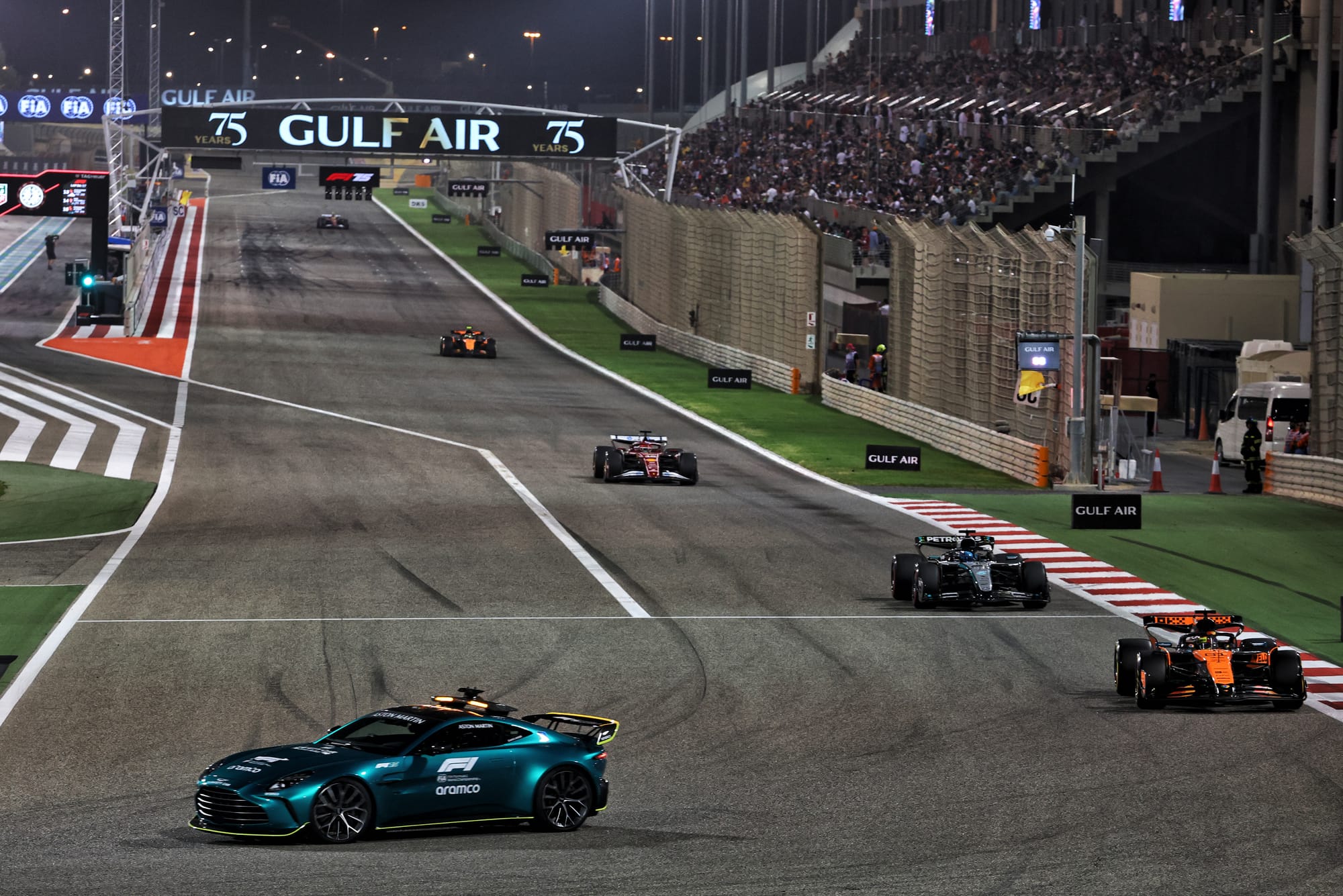
So despite his initially grippier rubber, Russell was reluctant to attack Piastri on the restart, knowing how marginal both the wear and the thermal degradation was going to be. “I thought about it,” he told Piastri afterwards. “Yes, I saw,” said Oscar of Russell’s initial positioning. That was about the only moment of heightened concern in Piastri’s whole race.
Mercedes had saved only one set of mediums for the race and had used them for the second stint. The team had a set of new hards available when the safety car came, but Mercedes was adamant that the C1 was simply too slow, having tried them extensively here in pre-season testing.
McLaren had saved two new sets of mediums for each car for the race, as had Ferrari. But Ferrari opted to start both cars on them and then switched to the second set at the first stops. The idea had been to run long enough to get onto the softs for the final stint, but the safety car’s timing put paid to that.
McLaren, having started on the softs like almost everyone else, thus got to follow that up with the medium/medium combination which turned out to be perfectly suited to the circumstances.
But regardless of tyres, McLaren and Piastri looked like they could have dominated. He was 7s in front of Russell when the safety car came out – and that was just the pace he chose to run to minimise tyre stress. He was 16s ahead at the end of the final 20-lap sprint from restart to flag.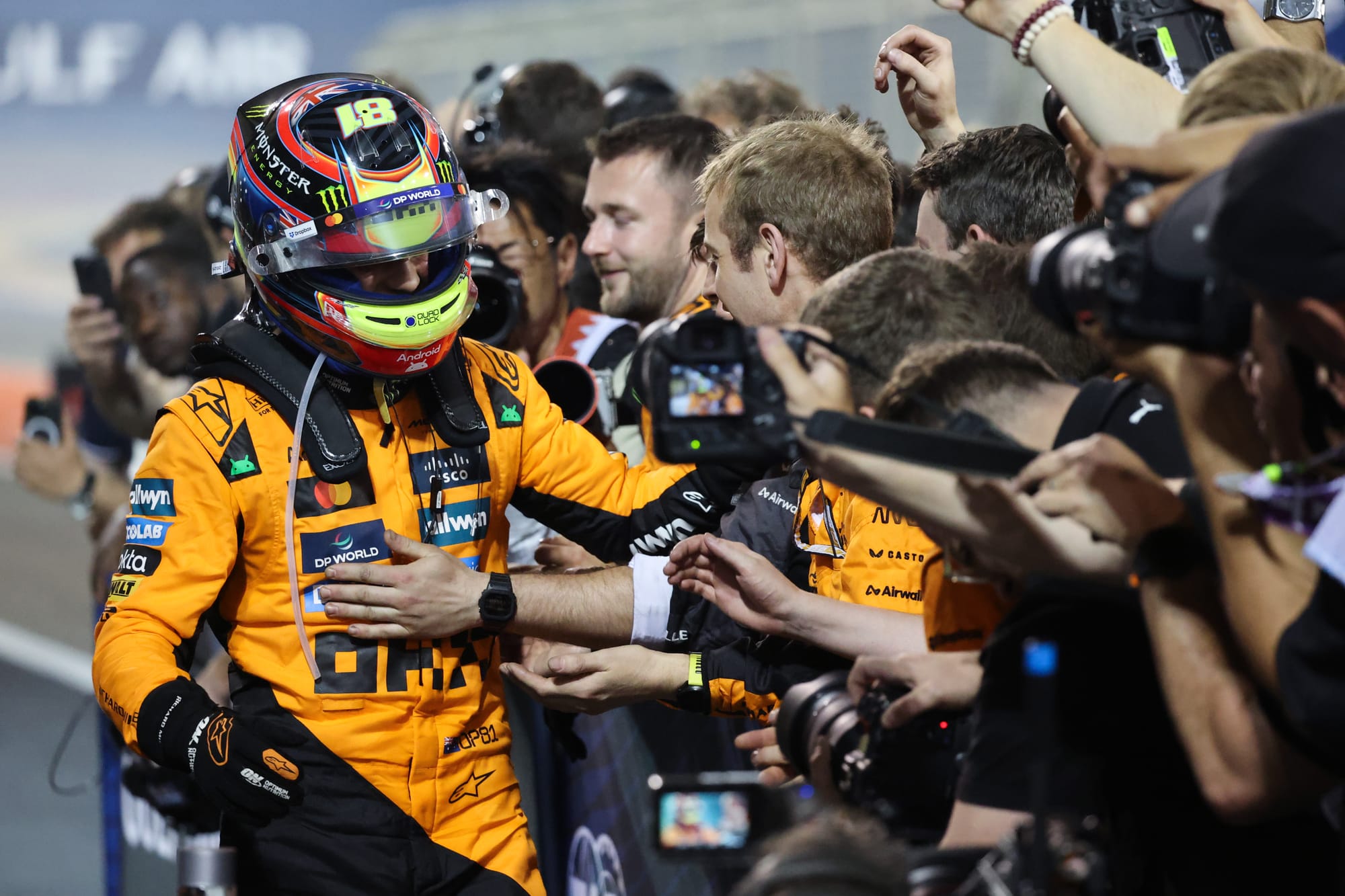
Mercedes was the lead chaser throughout the weekend, significantly faster than Ferrari over a race stint, way faster than the gripless Red Bull, but not in McLaren’s league.
Russell’s overachieving second came courtesy of the respective quality of his performance and that of Norris. He put right his one-place grid penalty (for prematurely going into the pitlane in qualifying) within seconds of the start, with much better traction off the line than the medium-shod Charles Leclerc alongside.
Norris had a great opening few corners to vault from sixth to third, but the 5s penalty he was given for having manoeuvred beyond his grid box impacted upon his strategy, the team opting to pit him early (on lap 10) to maximise his recovery time.
This made him vulnerable in the second stint to Leclerc on tyres seven laps newer (tyre deg was high here) and the Ferrari went by on the 25th lap.
The reset of the safety car and being on the better compound allowed Norris to eventually retake the Ferrari around the outside of Turn 4. But he’d made hard work of it, as he admitted afterwards: “Every time I did something good I did two bad.”
With better racecraft he could maybe have arrived on Russell’s tail a crucial few laps earlier – and that might have been enough. But the Mercedes was quick in a straight line and Russell’s defence was perfect despite the distractions of a brake-by-wire failure requiring him to reset the system several times per lap. Only the mechanical disc part of the rear braking system was working, not the torque reversal into the battery. In one corner he’d have a hard pedal, in the next, it would go almost to the floor. Then he lost the automatic arming of the DRS and his dash read-outs.
Even with its new floor, Ferrari was off the pace of Mercedes, although new tyres and Leclerc’s acrobatics had disguised that in qualifying.
“We don’t have enough pace in the car,” he summarised after finishing fourth. “Mercedes are quite a bit better on tyre deg and we couldn’t keep the softs for long enough. Very disappointing.”
How everyone else performed

Lewis Hamilton’s pace improved into the second stint and the safety car put him onto the tail of the other Ferrari which had previously been 12s ahead. He mugged Norris at the restart though the McLaren driver was quickly able to rectify that. But Hamilton’s pace in that final stint was on par with that of Leclerc.
Alpine was as quick as Red Bull in both qualifying and race. Pierre Gasly, after running fifth through the opening stint was passed by Hamilton and on the last lap by Max Verstappen, who’d endured a much more compromised race than Gasly.
Dropping places at the start, an early stop onto one of the two sets of hards he’d saved lost him a load of time as Red Bull’s pitstop traffic lights were malfunctioning. The hards were terrible, he pitted to get off them just a few laps before the safety car and suffered a 3s delay with a sticking wheel.
“Just bad on tyre management and balance and that really gets highlighted here,” Verstappen summarised.
He followed Gasly for a long time before launching his last lap ambush. In the Red Bull’s current form, Verstappen looks set to be a factor only on low-deg circuits or when the weather intervenes.
From 14th and last places on the grid, Haas finished eighth and 10th with Esteban Ocon and Ollie Bearman respectively, a combination of smart strategy and good tenacious drives.
They sandwiched Yuki Tsunoda’s Red Bull which had suffered the same traffic light delay at his first stop as Verstappen. His oversteer snap in the second stint put his rear wheel into the sidepod of Carlos Sainz’s Williams, resulting in the latter’s retirement. Debris from the Williams is what brought out the safety car.
Kimi Antonelli finished out of the points only partly because of wildly over-using his tyres to such an extent Mercedes switched him to a three-stop, a strategy which would have worked better than it did if the safety car hadn’t appeared soon after his second stop.
Piastri’s control of the whole event was overwhelming.
“It's been an incredible weekend, starting off with qualifying yesterday and to finish the job today in style was nice. So, yeah, can't thank the team enough for the car they've given us. It's pretty handy out there.”


